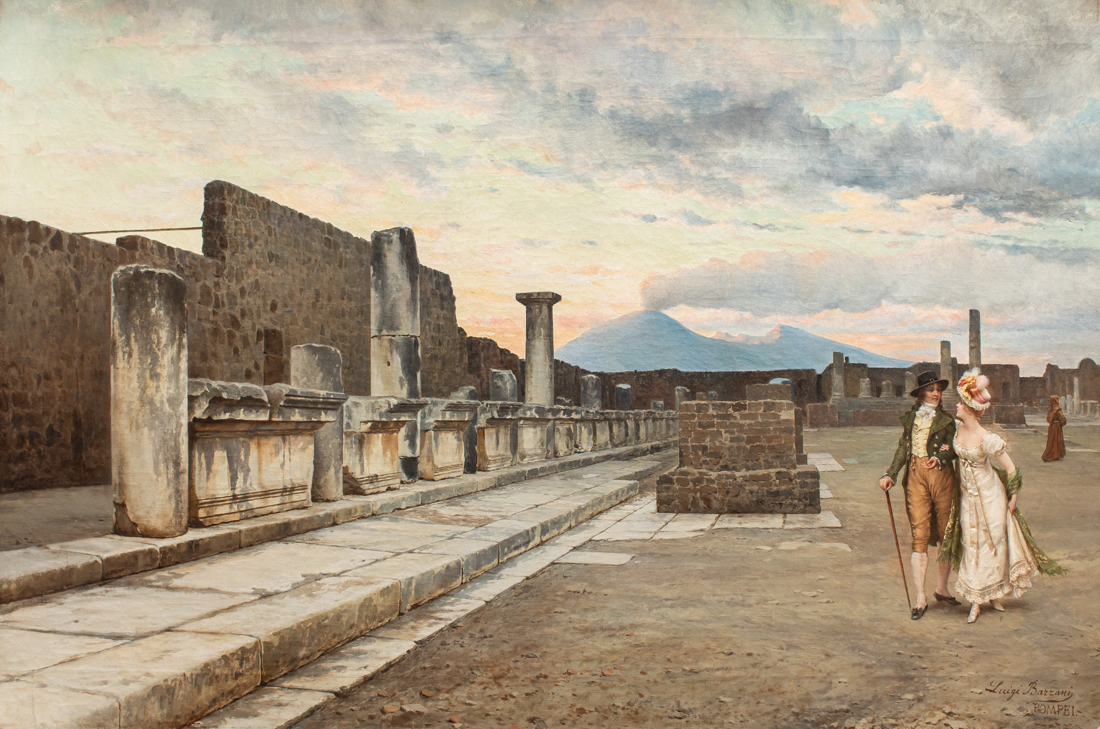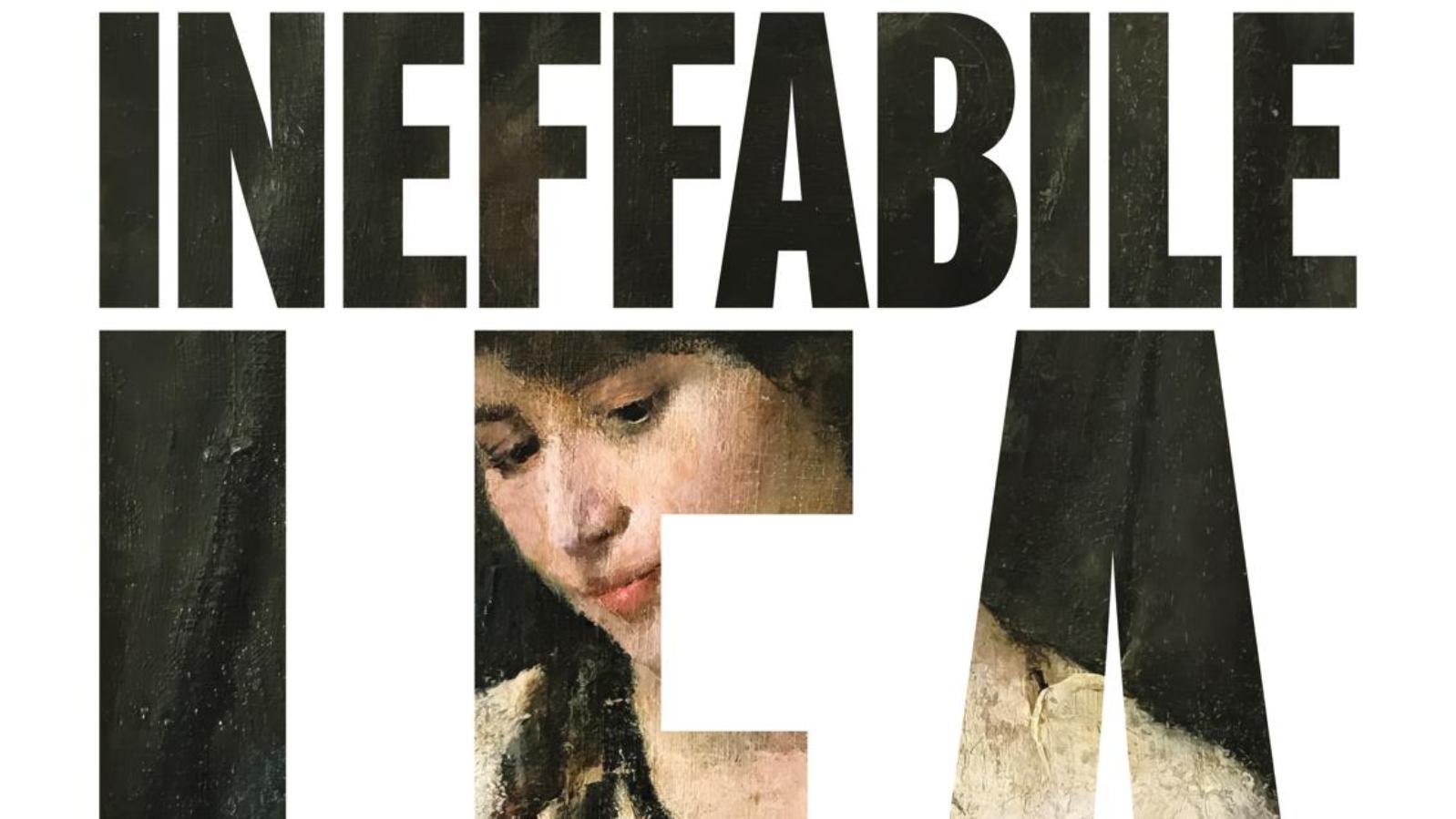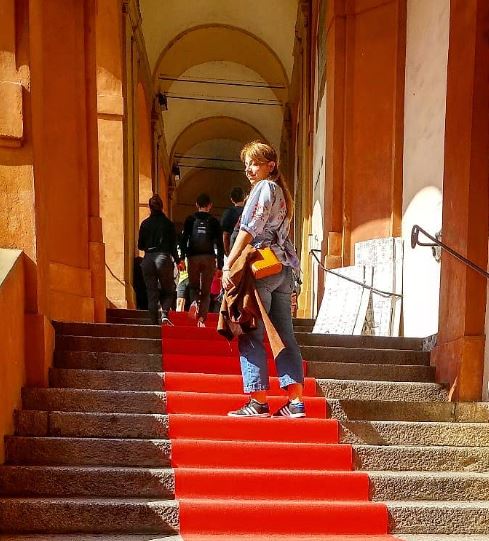Bologna Nineteenth Century Museum: Art between the nineteenth and twentieth centuries
Updated on 19 November 2025 From Karoline Villacidro
The Bologna Nineteenth Century Museum is today one of the most significant places for understanding the cultural identity of the city. Located in the historic heart of Bologna, the museum preserves, studies, and enhances the local artistic heritage from the 19th century to the early 20th century, recounting a key period of aesthetic, social, and civic transformation.
The Bologna Nineteenth Century Museum was created to restore centrality to Emilian artistic production between the 19th century and the early decades of the 20th century, a decisive period that long remained underrepresented in major museum itineraries.
The permanent collection, consisting of around 85 works, documents the evolution of local pictorial languages through a dialogue between academic tradition, naturalism, symbolism, and early signals of modernity.
The museum project is built on three pillars:
It is a museum that not only preserves, but also interprets, re-examines, and makes newly visible a heritage that belongs to the city and its cultural history.

Fabio Fabbi, The Seven Deadly Sins, n.d. ©Museo Ottocento Bologna
The exhibition itinerary guides visitors through five thematic sections, illustrating how Bolognese painting evolved between academic rigor, plein-air observation, and inner exploration.
A clear and progressive narrative, suitable both for those approaching art for the first time and for visitors wishing to deepen already familiar art-historical paths.

Luigi Bazzani, The Forum at Pompeii, n.d. ©MuseoOttocentoBologna
The exhibition Ineffabile Lea (Elusive Lea) brings light and voice back to Lea Colliva (1901–1975), an educated, intense, and original figure in Bolognese painting of the early 20th century, marking the fiftieth anniversary of her passing.
A passionate and independent protagonist, Colliva moved through languages and artistic seasons with an inner strength that critics of the time did not fully recognise.
The project, curated by Francesca Sinigaglia and Beatrice Buscaroli, was developed in collaboration with the Fondazione Bertocchi-Colliva of Monzuno and with the patronage of the Municipality of Bologna and the Municipality of Monzuno.
The exhibition unfolds across six sections, from her early works inspired by the naturalism of Flavio Bertelli, to the extraordinary season of the 1960s and 1970s, which the artist defined as the “’66 Movement”, marked by chromatic experimentation and cosmic visions.
Highlights include:
Ineffabile Lea is not just an exhibition: it is an act of cultural restitution, an invitation to recognise and celebrate a key figure in the artistic history of Bologna and Italy.


